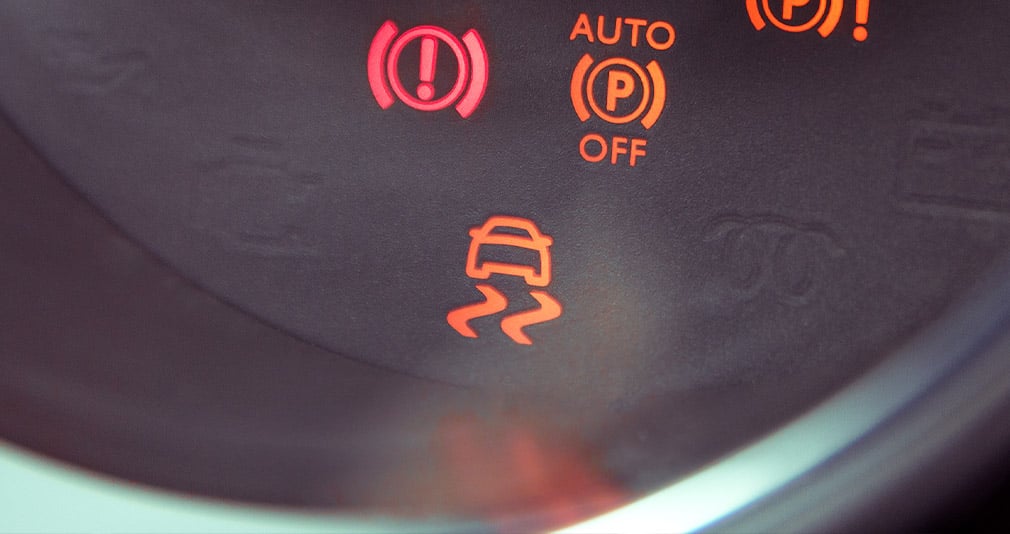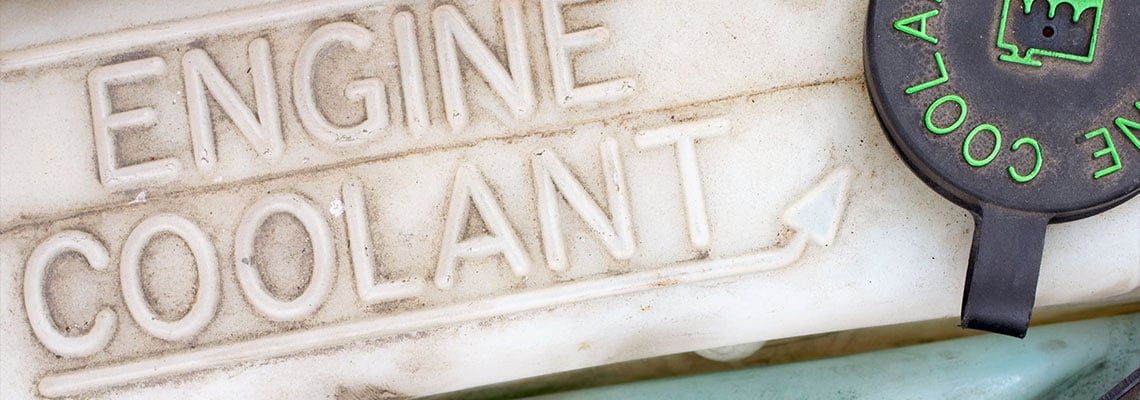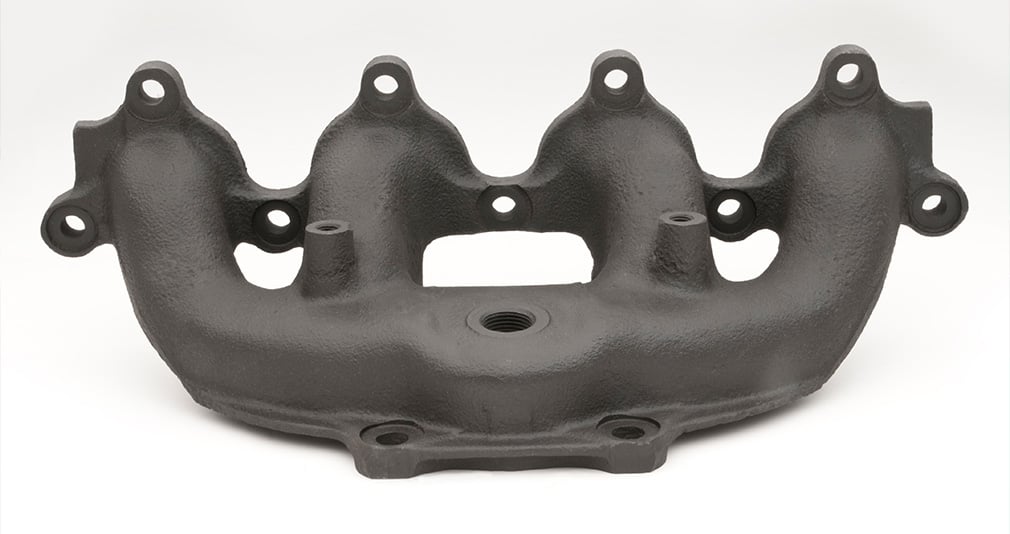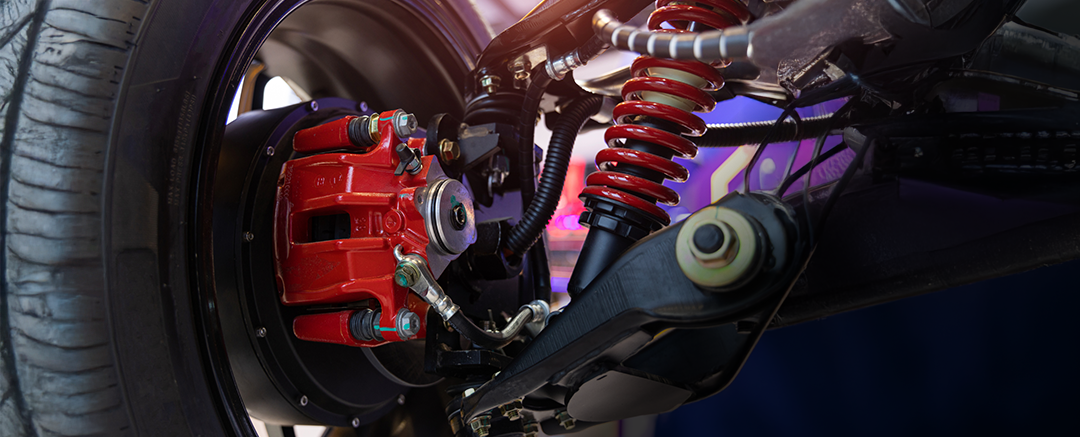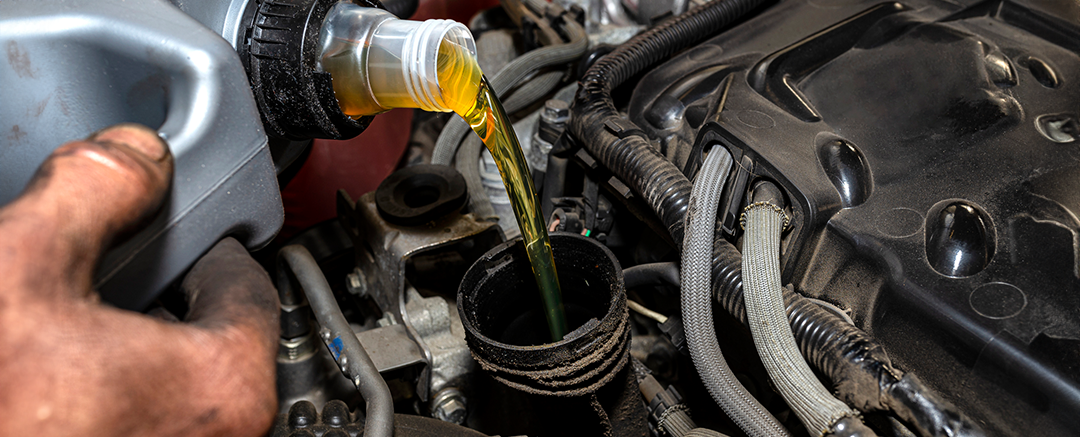Your car’s head gasket is one of those parts that your engine can’t run without, but it’s still relatively unfamiliar to the everyday driver. A blown head gasket is a serious problem that requires immediate attention; left unrepaired, it could cause total engine failure, and you could face massive bills. It’s important to take your vehicle in for a vehicle safety inspection as soon as you recognize the signs that the head gasket isn’t working properly.
Your car’s engine is made up of two parts: the cylinder block and the cylinder head. The cylinder block contains the pistons and cylinders, and the cylinder head has pistons, valves and the camshaft(s). The head gasket is located between these two sections.
While your engine runs, the head gasket’s job is to seal the pressure from the firing cylinders. It also keeps the oil and coolant separate and prevents them from leaking. If your engine is operating under too much heat, the gasket can fail. When this occurs, the compression created by the cylinders isn’t contained, and oil and coolant leak.
What Are Some Symptoms of a Blown Head Gasket?
Keeping an eye out for the signs of a blown head gasket can help you catch the problem early, saving you time and money. Signs to watch for include:
- Overheating: While blown head gaskets can be caused by overheating, they can also cause overheating themselves. A damaged head gasket can cause exhaust fumes to leak into the cooling system, or coolant to leak and burn off as steam. An overheating engine can cause damage to the alloy cylinder head or the catalytic converter.
- Loss of power: If the head gasket stops performing properly, it can allow the pressure from the cylinders to escape. This loss of compression causes your engine to run poorly. You’ll notice a reduction in engine power, as well as a sound similar to that of an exhaust leak.
- Oil contamination: If you’ve ever noticed a milk-colored sludge on your oil filler cap or dipstick, you could have a blown head gasket. This distinctive symptom is a sign that your oil and coolant are no longer being separated and are mixing together somewhere in the system. Contaminated oil can spell major damage for your engine and needs to be cleaned out as soon as possible.
- White smoke: Large clouds of white, sweet-smelling smoke are a sign that coolant has found its way into the exhaust system. This is often accompanied by the leaking of combustion pressure into the coolant system, which can cause a radiator hose to come undone.
- External leaks: If you’ve noticed that your coolant levels are dropping quickly, you could have a blown head gasket. Running your car without the necessary coolant levels can result in an overheated and damaged engine.
How to Prevent a Blown Head Gasket
While some engines are known to develop head gasket defects over time, most instances of a blown head gasket can be avoided by keeping your car’s coolant at the right level with the right mixture. Repeated overheating — or a habit of driving your car while it’s overheating — can result in a blown head gasket as well. Keep your eye on your car’s temperature gauge and regularly check on your coolant and oil levels to catch a leak early. If you notice your car running hot or leaking fluids, take your vehicle in for inspection as soon as possible.
Vehicle Maintenance and Repair
Whether you’re looking for routine maintenance or have a major car repair on the horizon, it’s important to find a mechanic you can trust. Most car issues occur over time rather than all at once. If you have a shop that you feel good about taking your car to, you’ll be more likely to keep up on maintenance, so small problems can be identified before they turn into massive headaches.
Nothing is more stressful than an unreliable car. When you take the time to have the parts of your vehicle that need routine maintenance inspected and serviced regularly, you will save yourself money, time and unpleasant surprises.



